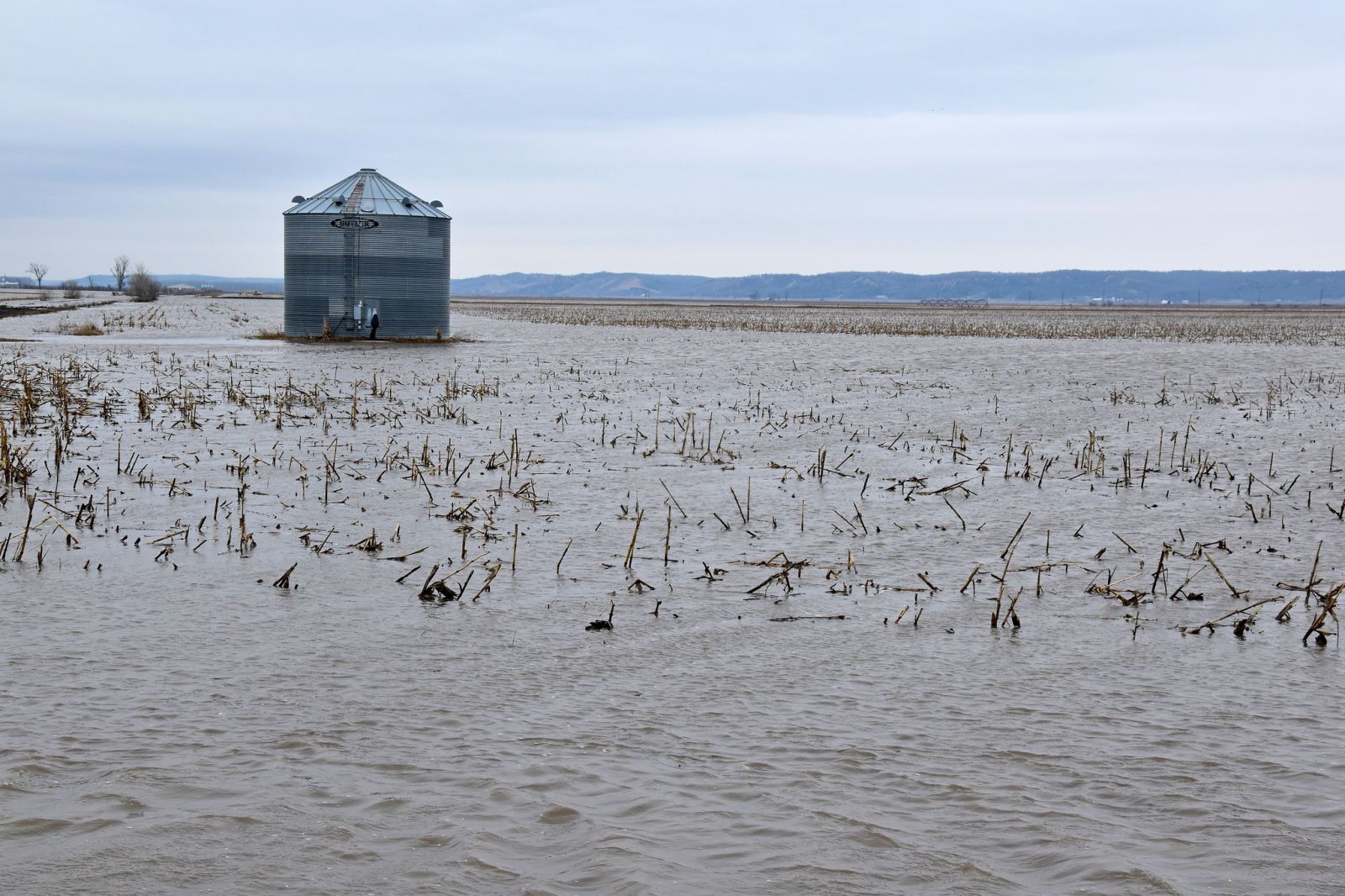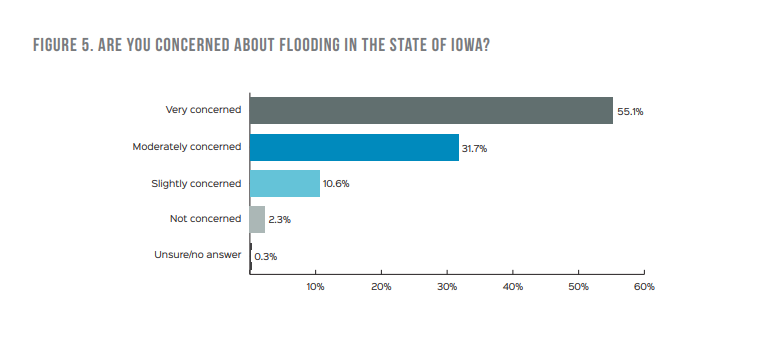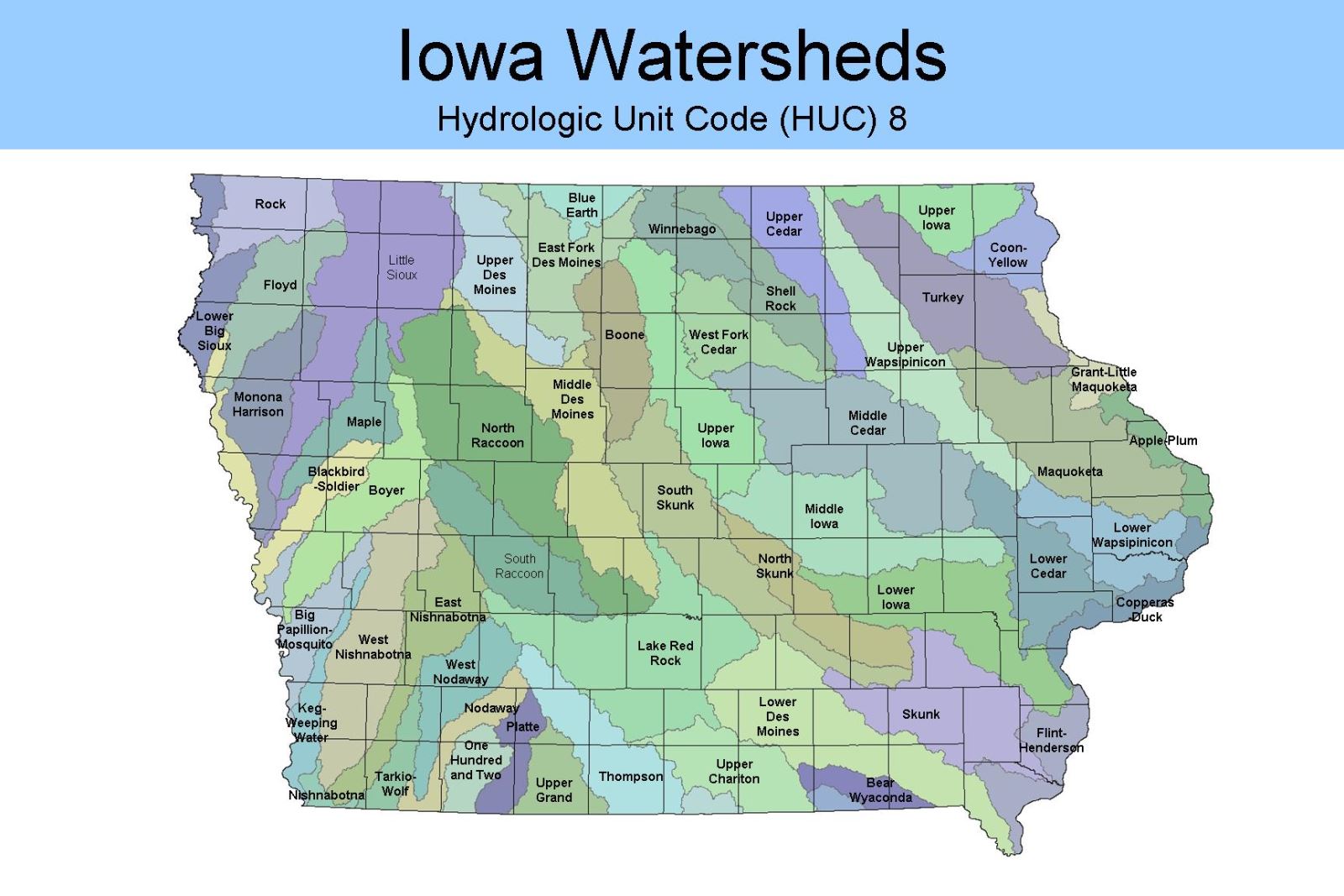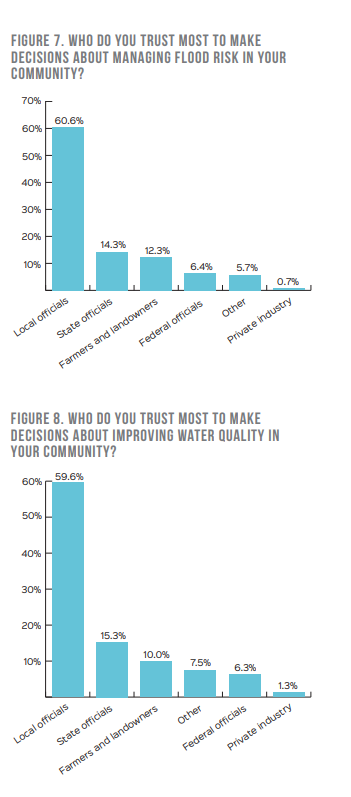Leveraging Local Leadership for Watershed Success
posted
on Wednesday, October 28, 2020
Guest blog post by Cody Smith, Policy Associate, Center for Rural Affairs

Iowans are known around the nation for our civic mindset and sense of community. Unfortunately, we’re also well known for the nutrients we export to the ever-present dead zone in the Gulf of Mexico. Our faces are also no stranger to the national screen when it comes to documenting our state’s long history of tragic flooding disasters. In fact, we lead the nation in flooding disasters according to some rankings.
It’s no secret that Iowa struggles to dedicate the resources we need to improve the quality of the water running in our lakes, rivers, and streams or to mitigate the disastrous impacts of a 100-year-flood every few years. The Our Iowa, Our Water Survey, conducted by the Center for Rural Affairs this summer, revealed more than 98 percent of Iowans are concerned about our state’s water quality while 97 percent of the nearly 400 respondents were concerned about flooding.

Figure 5 courtesy of Center for Rural Affairs
As Iowa sits at the crossroads of making decisions about the future of water resources management, we believe that Iowa’s quickest path to clean water and flood resiliency lies within each of our communities. As we state in our latest report, Iowa’s Path to Clean Water and Flood Resilient Communities, we believe in order to meet the state’s adopted goals, there must be a shift that leverages local leaders to put Iowa’s communities in the driver’s seat on the road to success.

Locally-directed partnerships, such as watershed management authorities, offer the opportunity for farmers, landowners, and local elected officials to come together to chart their own path forward. Watershed management authorities (WMAs), which are based along watershed boundaries, empower all stakeholders to work collaboratively on setting measurable goals for water quality improvement and flood mitigation. The WMAs voluntary members have the unique ability to ensure farmers, landowners, emergency services, county engineers, highway departments, and a variety of other local stakeholders communicate with one another and coordinate efforts to mitigate hazards and plan for the future.
When all of these voices are brought to the table to develop a robust watershed management plan, measurable benchmarks for success can be implemented. Additionally, with a clear path forward to address the water resources challenges within a watershed, taxpayers see the greatest possible return on investment for dollars that flow into projects on farmland, public lands, and more. By leveraging the real world perspective and experience of those who deal with the outcomes of negligible water resources management, we can empower Iowans in each of our watersheds to develop their own road map for success.
But, there are some key barriers to this watershed approach. The lack of sustainable funding for the employment of watershed coordinators and the absence of resources to promote watershed management planning are among the primary roadblocks.
To meet the goals of the Iowa Nutrient Reduction Strategy (NRS)—a statewide goal to reduce nitrogen and phosphorus loss in Iowa’s waterways by 45 percent by 2035—state leaders have relied on a voluntary, opt-in approach. While there’s ample debate about the NRS, one thing is certain: without investing in the staff (i.e. watershed coordinators) needed to lead communication between willing farmers, landowners, and other land managers, we won’t get far.
To scale up Iowa’s progress, renewed investment in watershed management planning and watershed coordinators is non-negotiable. This is exactly what led the Center for Rural Affairs to work with the governor’s office to craft the Local Conservation Partnership Program within the proposed Invest in Iowa Act. The program would jumpstart crucial progress toward the state’s water quality goals by investing in the people who are doing the work of formulating actionable watershed management plans that led to practices on the ground.

WMAs, when equipped with a sustainably-funded watershed coordinator and a robust watershed management plan, could “open the tap” on Iowa’s water resources success.
There’s a long road ahead to achieve clean water and flood resilient communities in our state. But, as a supermajority of Iowans (85.7 percent) support more state dollars going to watershed management planning, and a clear majority (59.7 percent) supporting the Invest in Iowa Act, this is an evident starting point. Furthermore, it’s not all about the money—it takes trust in leadership. Rural Iowans in particular trust local officials the most to make decisions about flooding (60.6 percent) and water quality (59.6 percent) in their communities.
As the state continues to pursue a voluntary approach to water quality improvement, this relationship of trust will prove to be instrumental to meeting those targets. The need for locally-directed and state-supported watershed efforts is clear and the evidence solid, the remaining question is whether our leaders have the will to make it happen.
You can view more information and the entirety of the survey results at cfra.org/publications.
- clean water
- flooding
- nitrate pollution
- nutrient reduction strategy
- resiliency
- water quality
- watershed wednesday